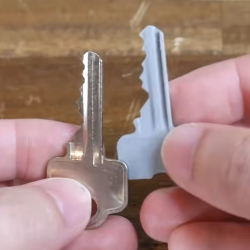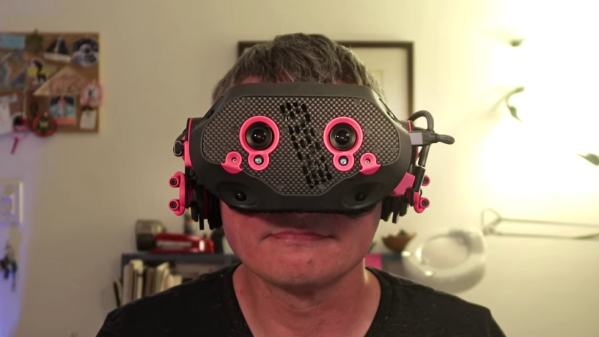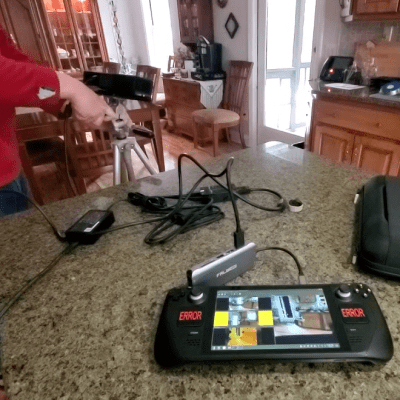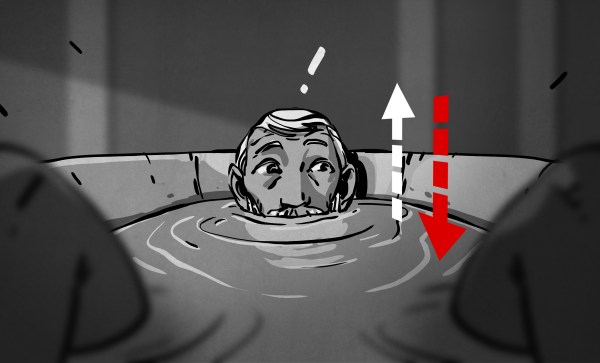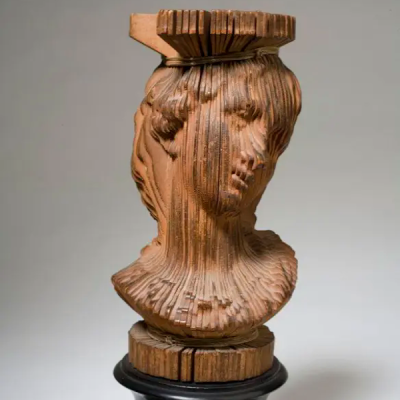It seems to make sense. If you have a 3D printer, you might wish you could just scan some kind of part and print it — sort of like a 3D photocopier. Every time we think about this, though, we watch a few videos and are instantly disappointed by the results, especially with cheap scanners. If you go the hardware route, even cheap is relative. However, you can — in theory — put an app on your phone to do the scanning. Some of the apps are free, and some have varying costs, but, again, it seems like a lot of work for an often poor result. So we were very interested in the video from [My 3D Print Lab] where he uses his phone and quite a few different apps and objectively compares them.
Unsurprisingly, one of the most expensive packages that required a monthly or annual subscription created an excellent scan. He didn’t print from it, though, because it would not let you download any models without a fee. The subject part was an ornate chess piece, and the program seems to have captured it nicely. He removed the background and turntable he was using with no problems.
Other apps didn’t fare as well, either missing some of the parts or failing to omit background elements. You may have to do some post-processing. Some of the other expensive options have free trials or other limits, but you can at least try them for free. One of the free trials let you do three free scans, but each scan took about 8 hours to process.



